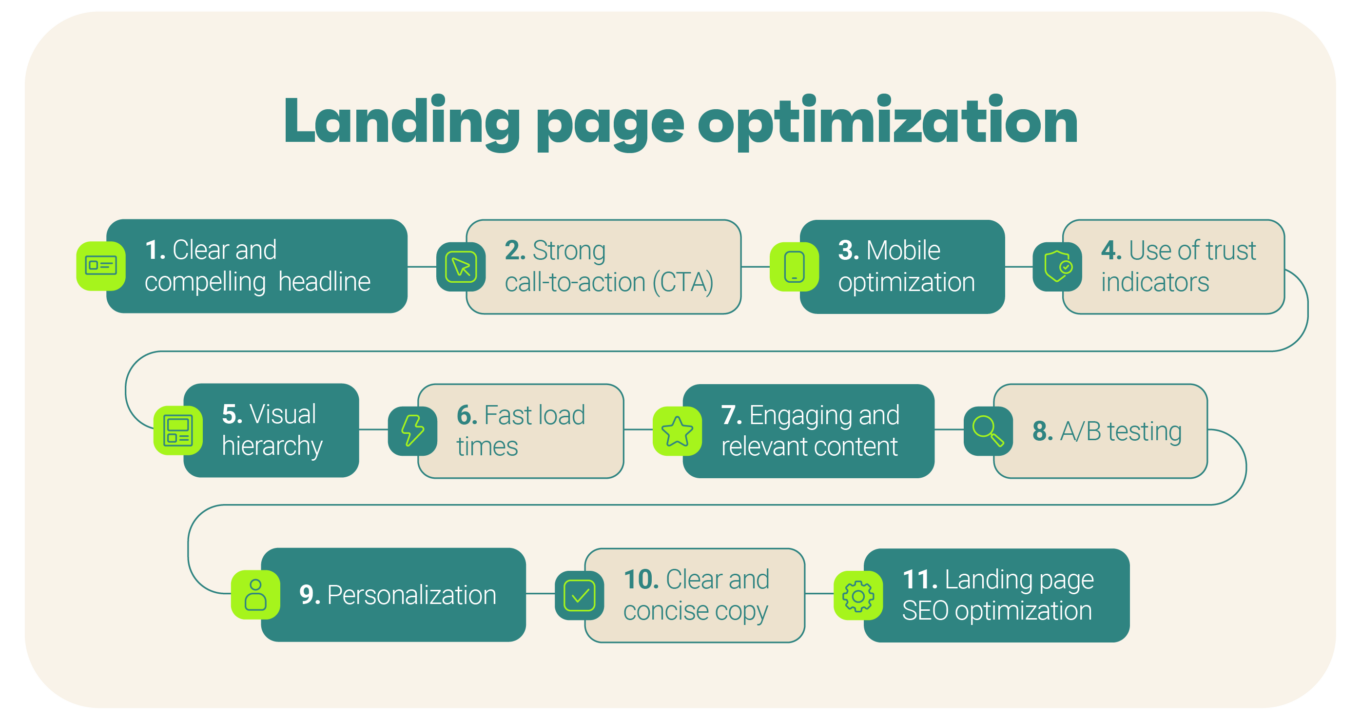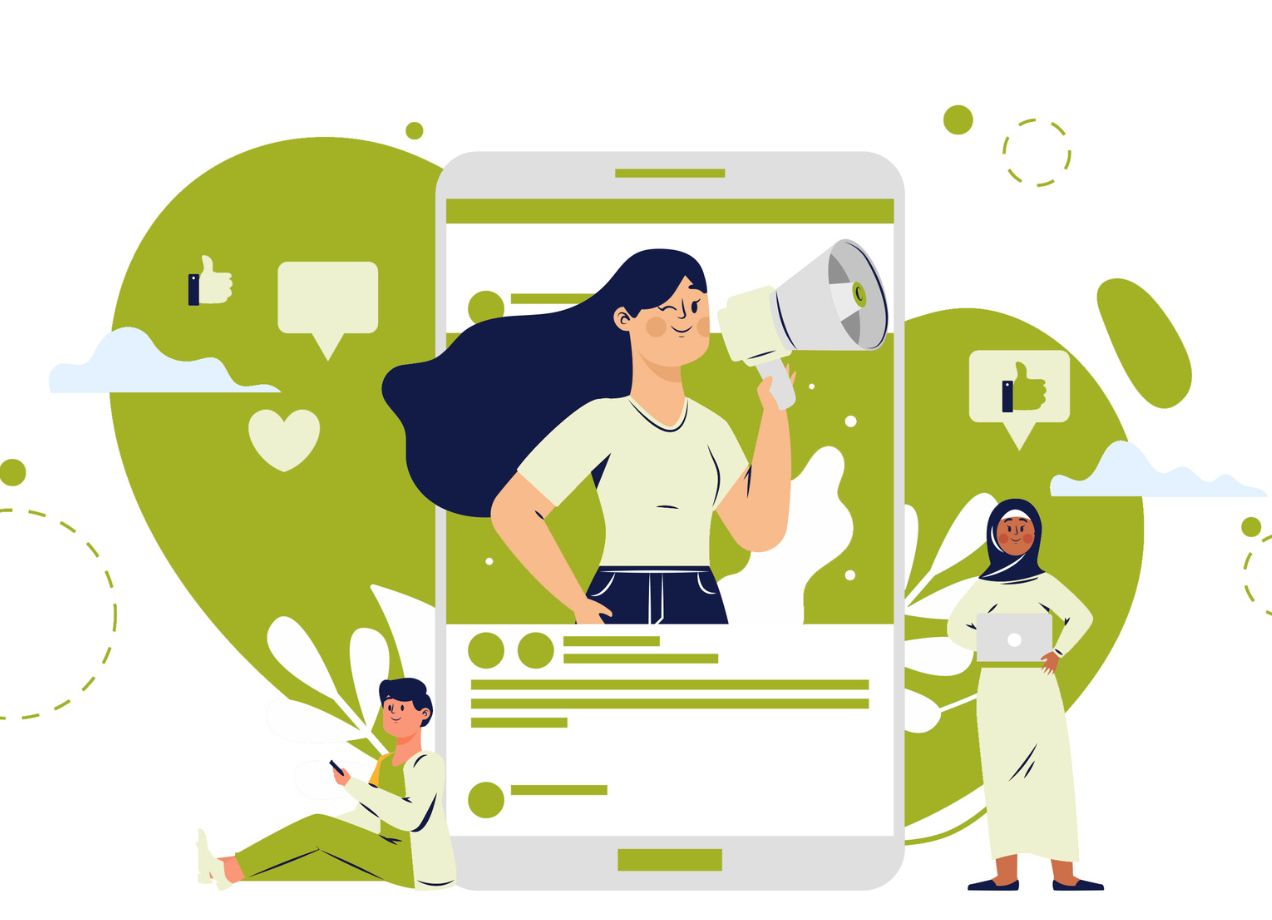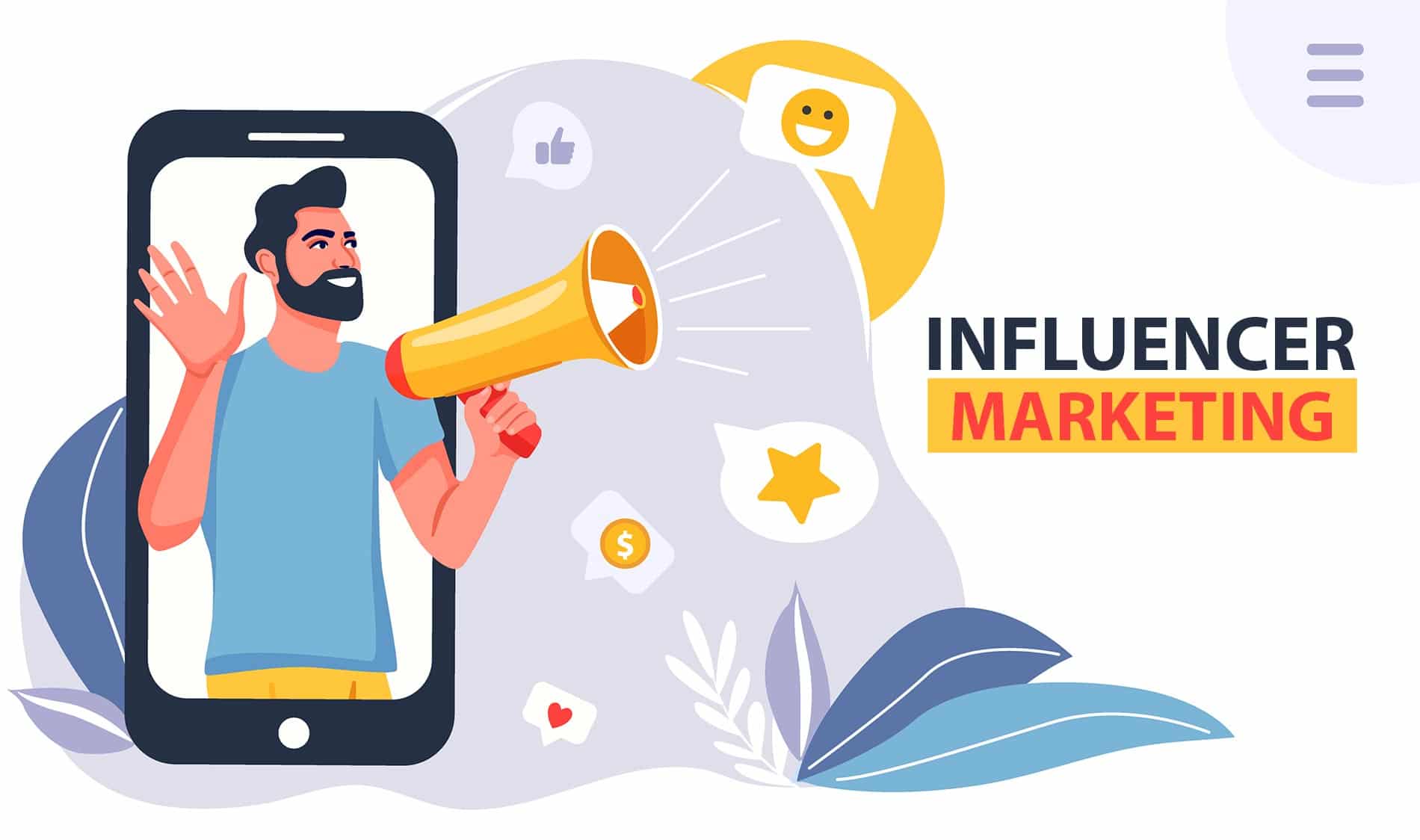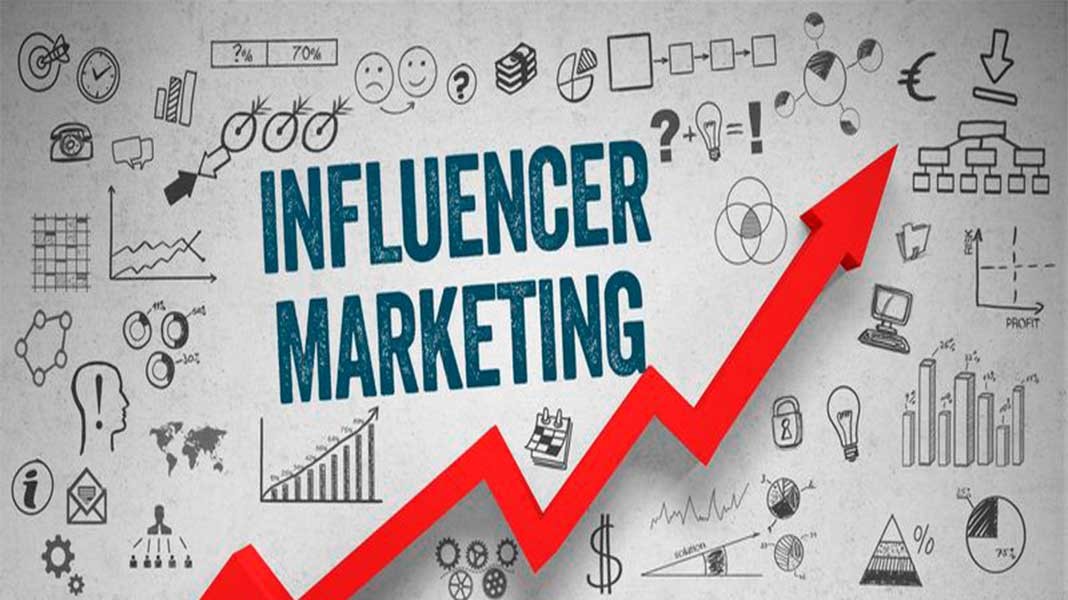Landing Page Optimization Techniques
Landing pages are essential for turning visitors into customers or leads. Whether you’re driving traffic through paid ads, email campaigns, or SEO efforts, your landing page often serves as the first interaction visitors have with your brand. If it’s not optimized, you might lose valuable conversion opportunities.
In this article, we’ll explore proven techniques to optimize your landing pages and boost your conversion rates.
What is Landing Page Optimization?
Landing page optimization involves improving a page to increase its effectiveness in converting visitors into leads or customers. This process involves refining elements such as design, messaging, CTAs, and layout to improve user experience and encourage visitors to take action.
Key Techniques for Landing Page Optimization
Here are some of the most impactful techniques to help you optimize your landing pages:
1. Craft a Compelling Headline
The headline is the first thing visitors notice when they land on your page. It should clearly explain the value of your offer and entice visitors to read further. A strong headline grabs attention and encourages users to continue exploring.
Best Practice: Keep the headline brief, benefit-oriented, and aligned with the visitor’s needs. Focus on the value visitors will gain from your offer.
2. Sleek and User-Friendly Design
A clean, professional design helps create a positive user experience. An overly complex or cluttered landing page can discourage visitors. Instead, focus on creating an attractive, intuitive layout that directs users toward your CTA.
Best Practice: Use a simple layout, high-quality images or videos, and a consistent color scheme. Make sure your CTAs are easy to spot and accessible without scrolling.
3. Persuasive and Focused Copy
The copy on your landing page should be clear, concise, and geared toward convincing visitors to take action. Keep your messaging relevant, focused on benefits, and directly addressing the visitor’s pain points.
Best Practice: Use bullet points, short paragraphs, and headers to make the content easy to read. Be sure to emphasize the benefits of your product or service and how it solves the visitor’s problem.
4. Strong Call-to-Action (CTA)
Your CTA is the core of your landing page. It should stand out and urge visitors to take action, whether it’s signing up, making a purchase, or downloading an e-book. A well-designed CTA can significantly increase conversions.
Best Practice: Use action-oriented language like “Get Started,” “Sign Up Now,” or “Download Your Guide.” Ensure the CTA is prominent and placed above the fold so visitors don’t have to scroll.
5. Add Social Proof and Trust Elements
Visitors are more likely to take action if they feel confident in your brand. Social proof, such as customer reviews, ratings, or testimonials, can increase your landing page’s credibility. Trust badges or certifications also reassure visitors that your site is secure and reliable.
Best Practice: Include genuine customer testimonials, success stories, and certifications from reputable organizations to build trust and credibility.
6. Optimize for Mobile Devices
A significant portion of web traffic comes from mobile devices. If your landing page isn’t optimized for mobile, you risk losing potential conversions. Make sure the design adjusts seamlessly to smaller screens.
Best Practice: Use responsive design techniques to ensure the landing page functions well on all devices. Test the mobile experience to ensure smooth navigation and fast load times.
7. Minimize Distractions
The purpose of your landing page is singular: to convert visitors into customers or leads. Excessive distractions, such as irrelevant links or unnecessary elements, can deter visitors from taking action.
Best Practice: Limit navigation options and focus only on what’s necessary for the conversion. Keep your message clear and concise and avoid anything that might distract from the main goal.
8. Ensure Fast Loading Speed
Page speed is critical for maintaining user engagement. A slow-loading page can lead to high bounce rates, meaning visitors leave before having a chance to convert. Ensuring fast load times can boost both user experience and conversion rates.
Best Practice: Optimize images, reduce unnecessary scripts, and use tools like Google PageSpeed Insights to improve your page’s loading time. A faster page means a better experience for visitors and higher chances of conversion.
9. Conduct A/B Testing
A/B testing allows you to experiment with different versions of your landing page to determine which one performs best. By comparing variations of your headline, CTA, design, or copy, you can identify which elements contribute most to conversion success.
Best Practice: Test one element at a time to clearly understand its impact on performance. Use data to inform your decisions and continue refining your landing page.
10. Create a Sense of Urgency
Using urgency or scarcity in your landing page can prompt visitors to take action immediately. Whether you’re offering a limited-time discount or highlighting a limited number of spots, urgency can be a powerful motivator.
Best Practice: Introduce urgency with phrases like “Offer ends in 24 hours” or “Only 3 spots left!” Make sure not to overuse this tactic, as it should feel genuine and not forceful.
Conclusion
Optimizing your landing page is a continuous process, but with the right strategies, you can significantly improve your conversion rates. By focusing on elements like compelling headlines, clear CTAs, persuasive copy, and trust signals, you can guide visitors toward taking the desired action.
Remember to test frequently and make data-driven adjustments to ensure your landing page remains effective. With consistent optimization, your landing page will be better positioned to convert visitors into loyal customers, helping your business grow.




